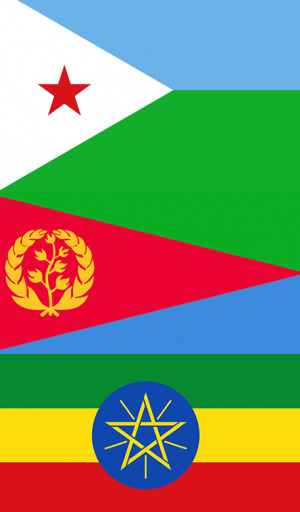Language/Afar/Grammar/Plurals
Hi Afar learners! 😊
In this lesson, we will learn about plurals in Afar. Understanding plurals is important as it helps us to communicate effectively in any language. In Afar, plural refers to two or more items or people. Understanding the concept of plurals in Afar is essential in building a foundation of the language. So, let’s get started!
Introduction[edit | edit source]
In Afar, plurals are formed by adding a suffix to the singular noun. The suffix added varies depending on the final letter of the singular noun. Let’s take a look at the different forms of plurals in Afar:
After mastering this lesson, these related pages might interest you: Pronouns, Questions & How to Use Be.
Plural Forms in Afar[edit | edit source]
The plural forms in Afar are quite easy to understand. The plural marker is added to the end of the singular, and it sounds like "-u" or "-i".
Below is a table showing different singular and plural forms in Afar:
| Singular | Plural |
|---|---|
| Chair | Anya-u (Chairs) |
| Pen | Qorr-u (Pens) |
| Book | Kutib-i (Books) |
| Girl | Carr-u (Girls) |
| Boy | Masculine-i (Boys) |
| Day | Seb-u (Days) |
As you can see from the table above, the plurals are formed by adding a suffix "-u" or "-i".
Let’s take a look at some examples to further understand the formation of plurals:
Examples[edit | edit source]
- Nalti (House) → Nalti-u (Houses)
- Qunxa (Bowl) → Qunxa-i (Bowls)
Counting in Plural[edit | edit source]
Counting in plural is similar to counting in singular, except that we add the plural marker to the numbers.
Below is a table showing the numbers from 1 to 10 in Afar singular and plural forms:
| Number | Singular | Plural |
|---|---|---|
| 1 | Hal | Hal-u |
| 2 | Lax | Lax-i |
| 3 | Setta | Setta-u |
| 4 | Afur | Afur-i |
| 5 | Sidde | Sidde-i |
| 6 | Liddo | Liddo-u |
| 7 | Saba | Saba-u |
| 8 | Siddeet | Siddeet-i |
| 9 | Tobà | Tobà-u |
| 10 | Tobax | Tobax-i |
Dialogue[edit | edit source]
- Person 1: Kudhan (Book)
- Person 2: Kudhan-i (Books)
- Person 1: Mis (Beard)
- Person 2: Mis-i (Beards)
Cultural information[edit | edit source]
In Afar culture, children are named after their grandparents. The first boy is named after the paternal grandfather, and the second boy is named after the maternal grandfather. The first girl is named after the maternal grandmother, and the second girl is named after the paternal grandmother. This naming convention is a way of honoring the elders and showing respect for the family heritage.
Tips[edit | edit source]
To improve your Afar Grammar, you can also use the Polyglot Club website. Find native speakers and ask them any questions!
Sources[edit | edit source]
- 'Afar Vowel Dissimilation: A Problem in Rule Ordering
- From afar Definition & Meaning - Merriam-Webster
➡ If you have any questions, please ask them in the comments section below.
➡ Feel free to edit this wiki page if you think it can be improved. 😎
Other Lessons[edit | edit source]

